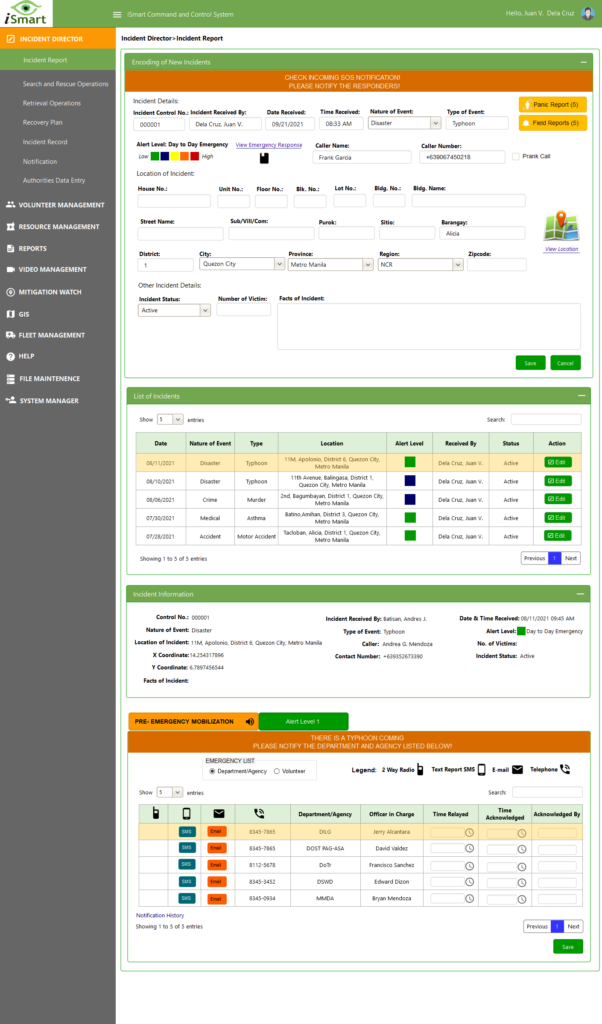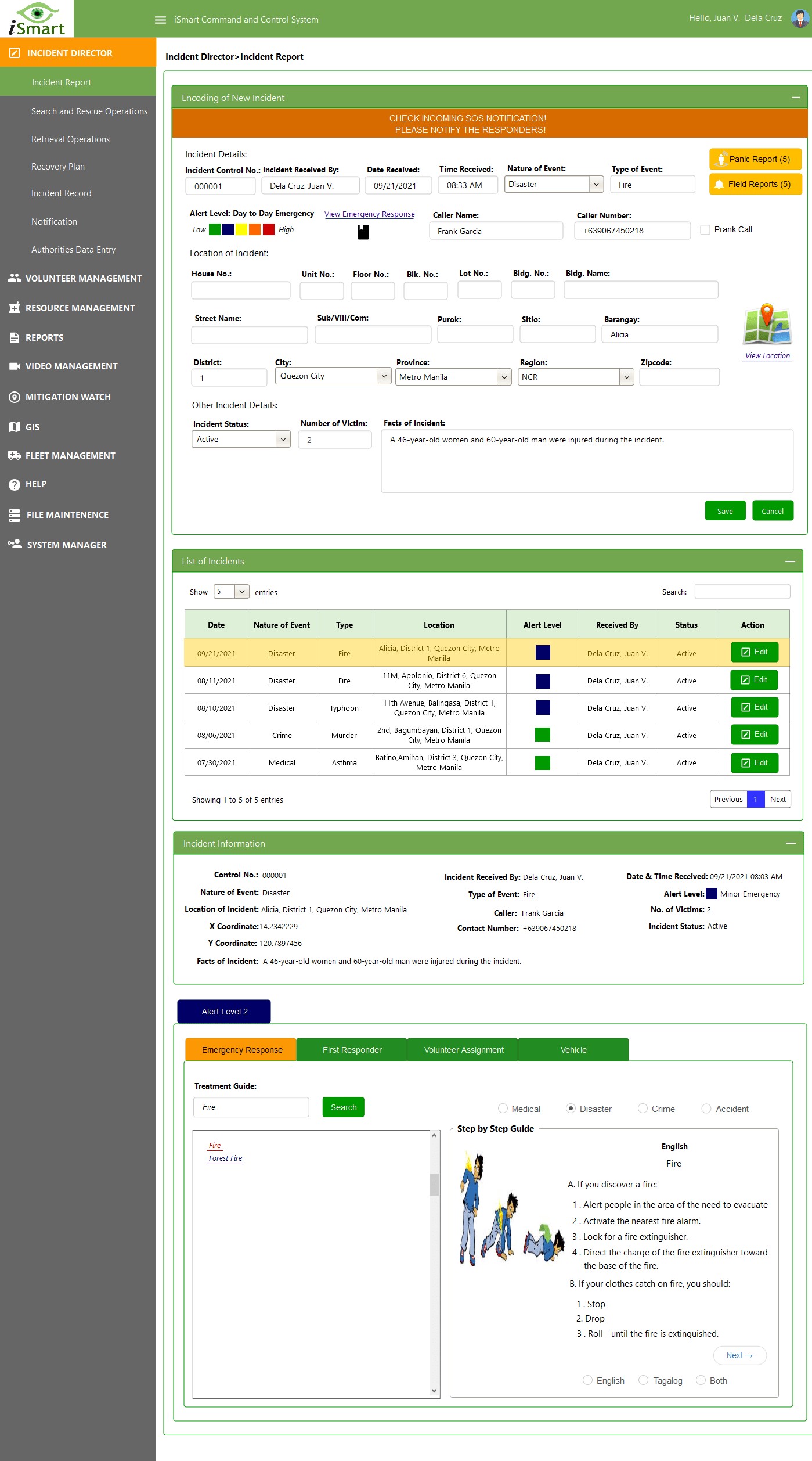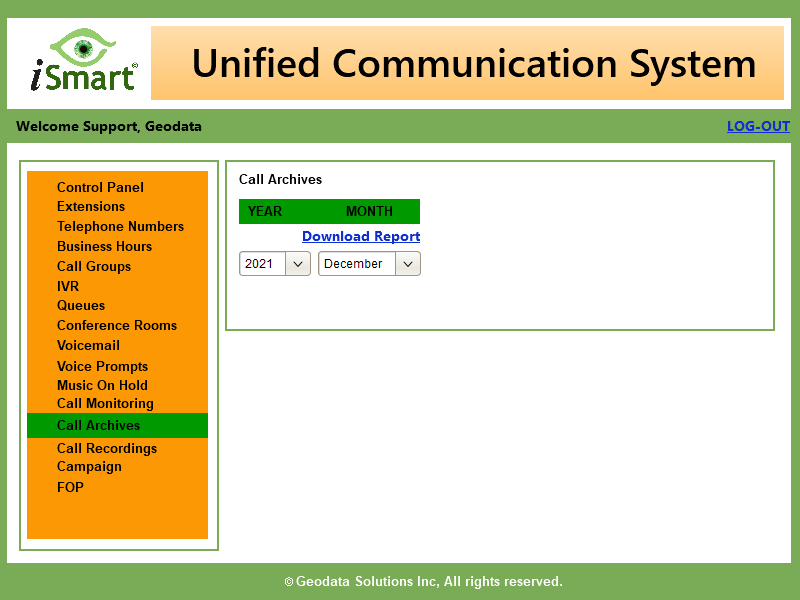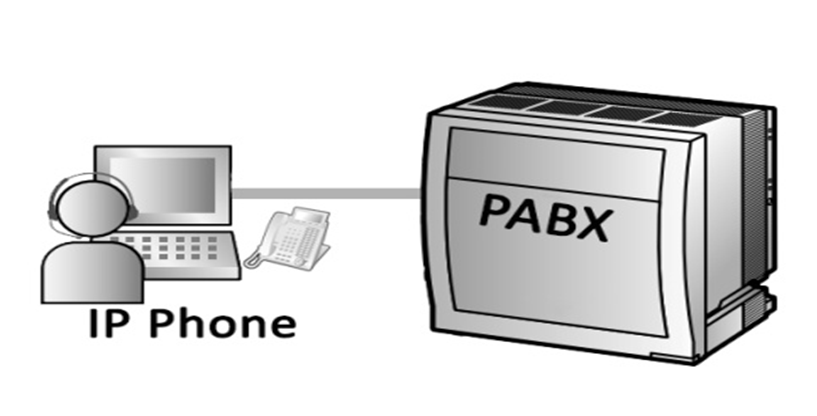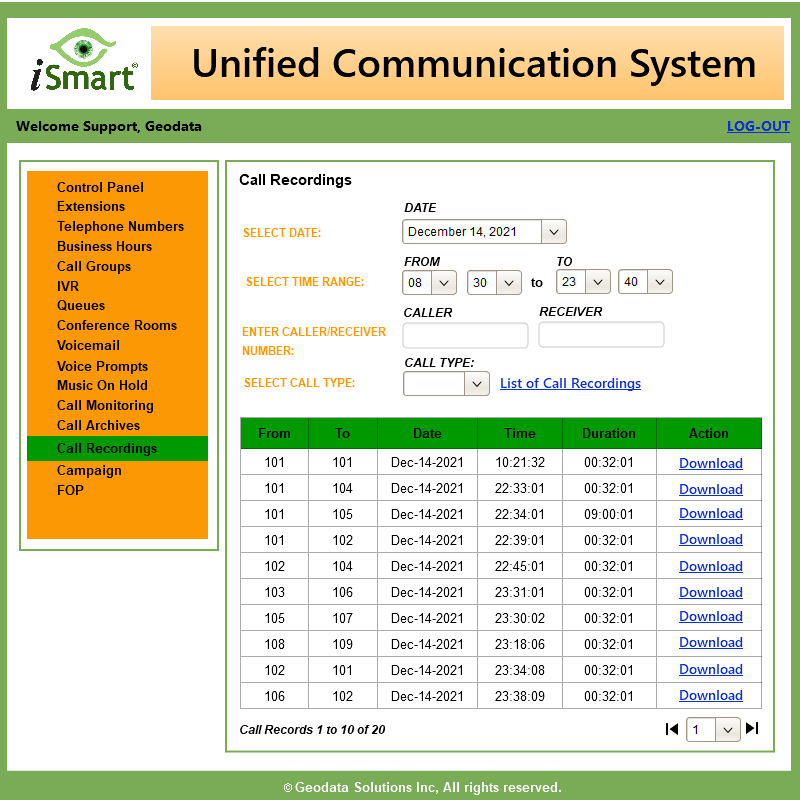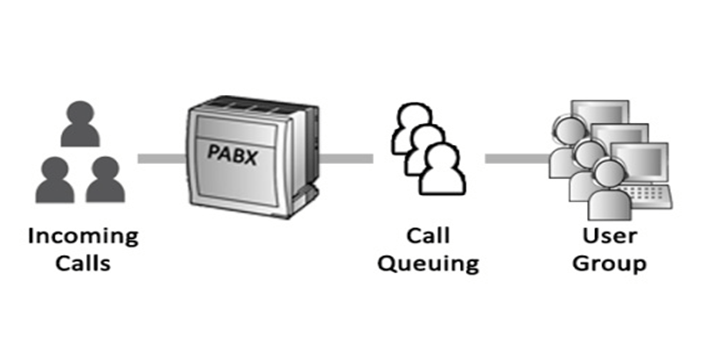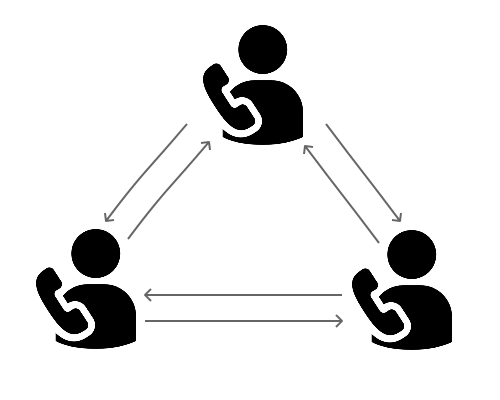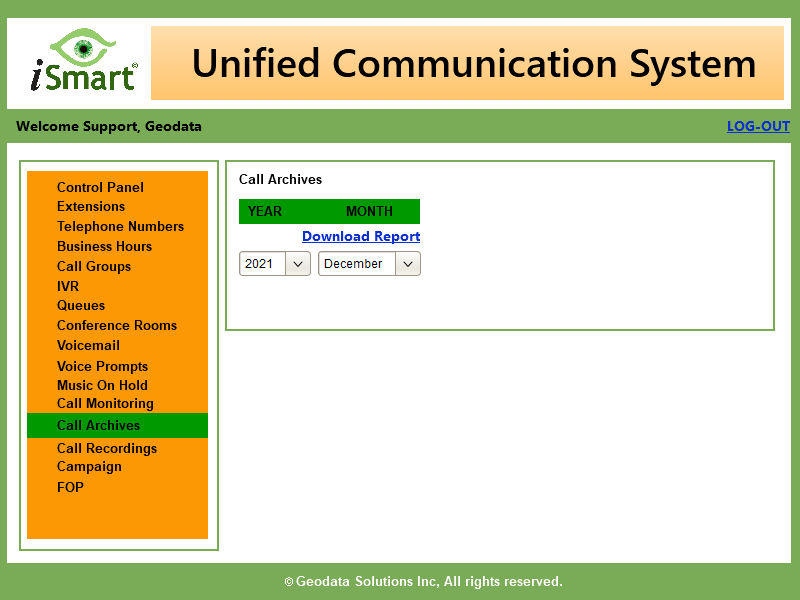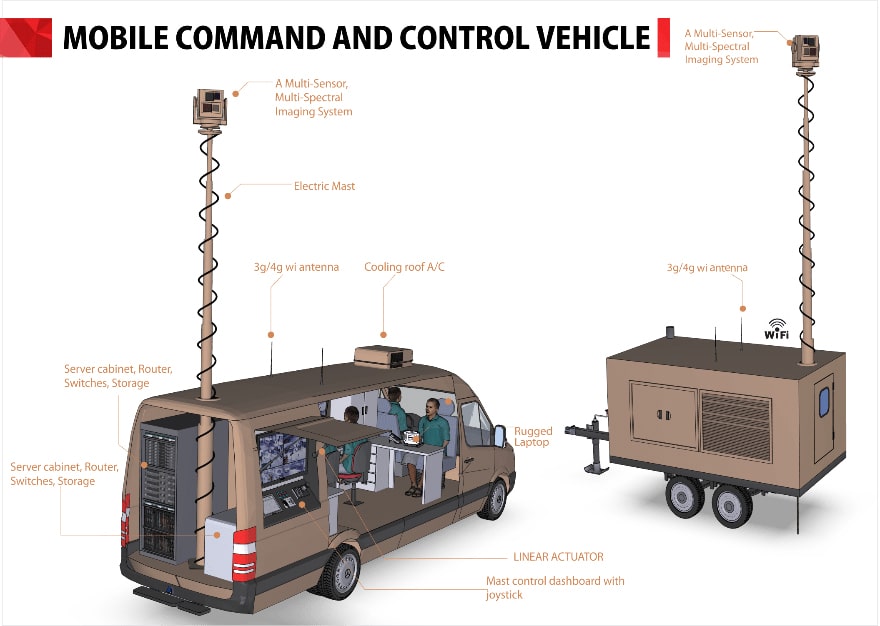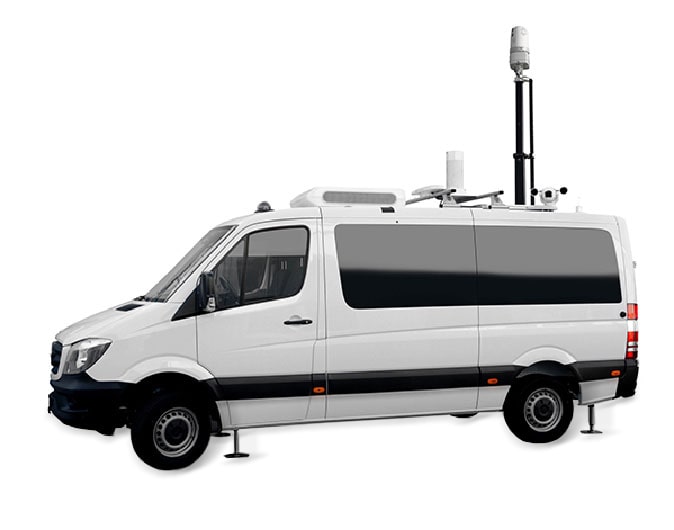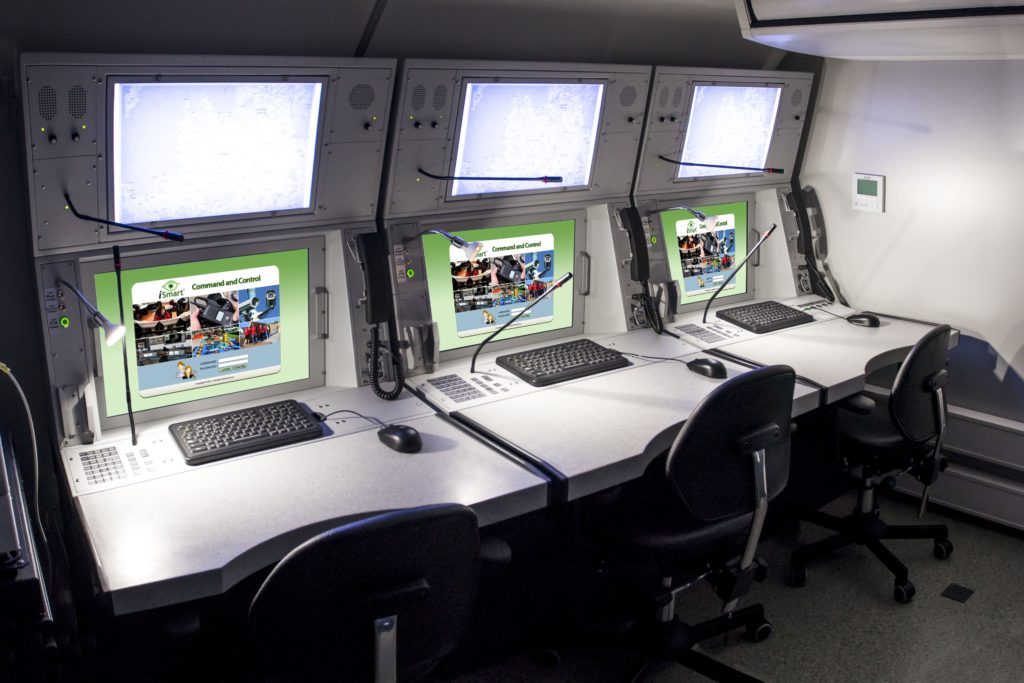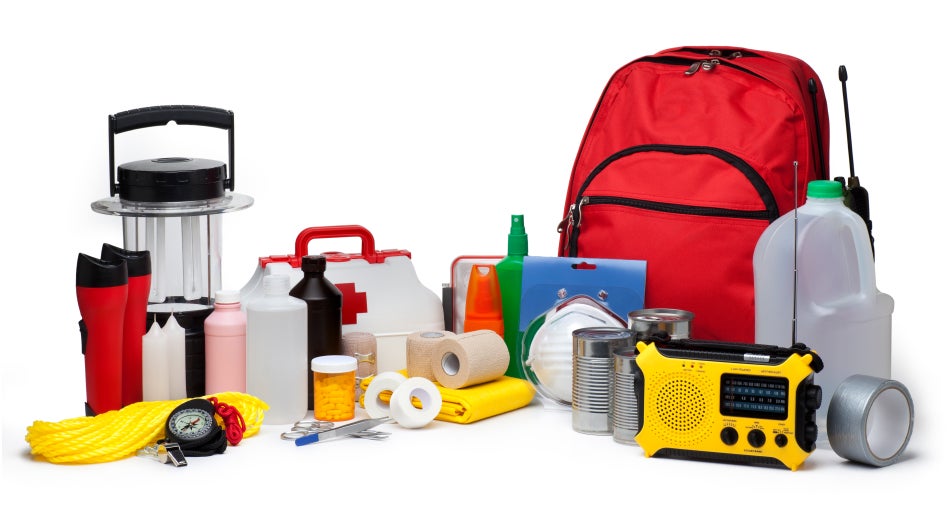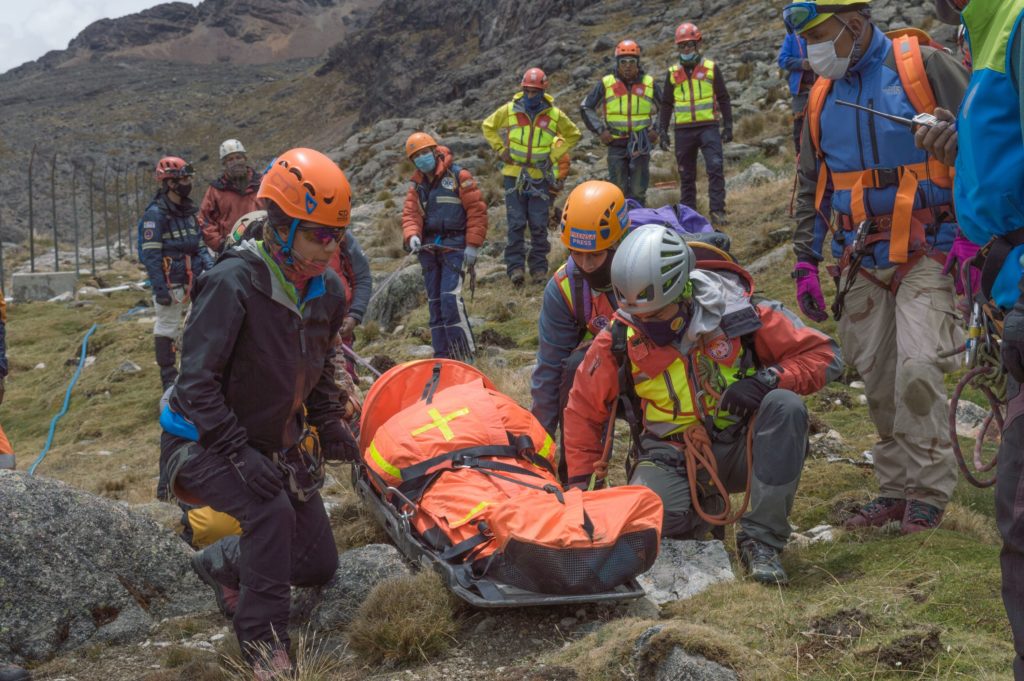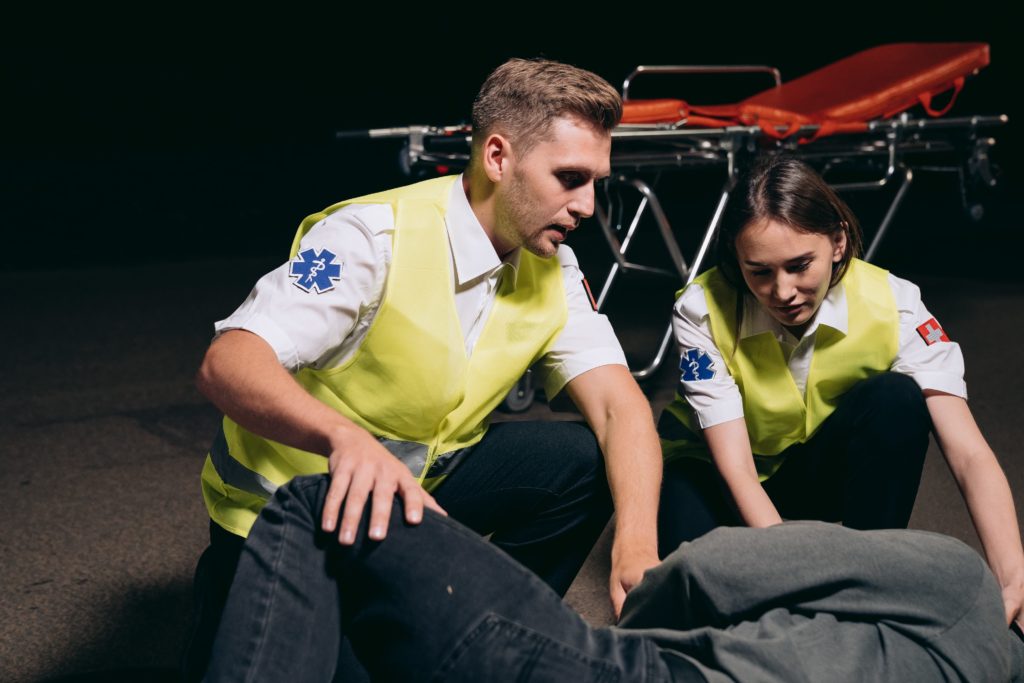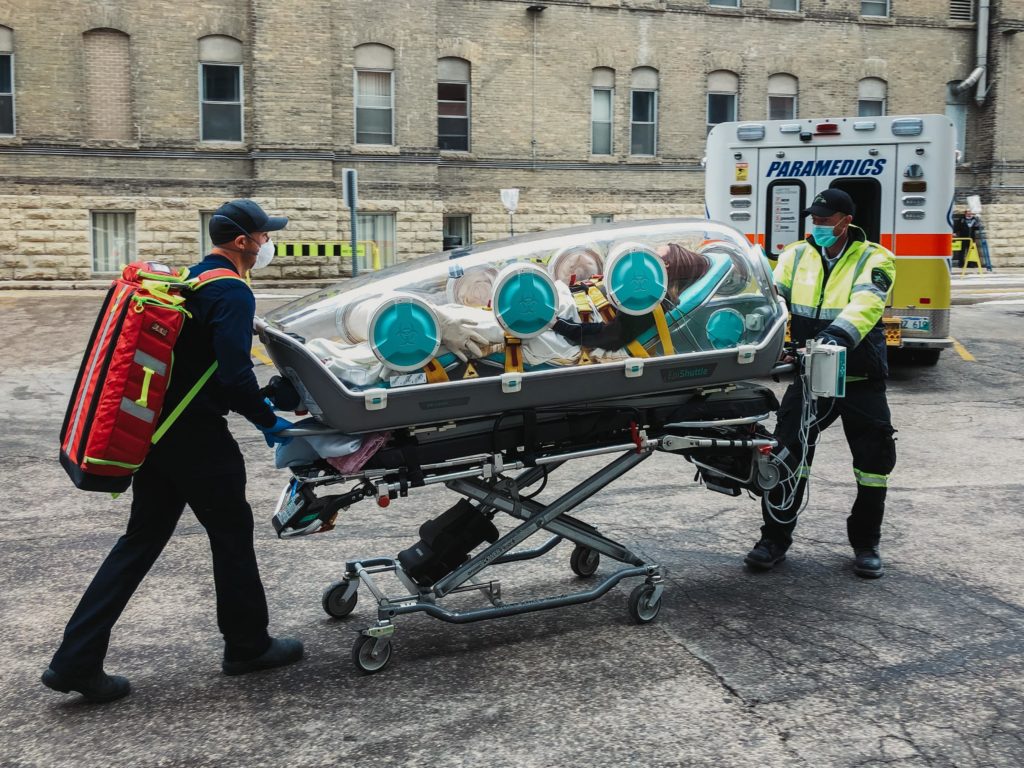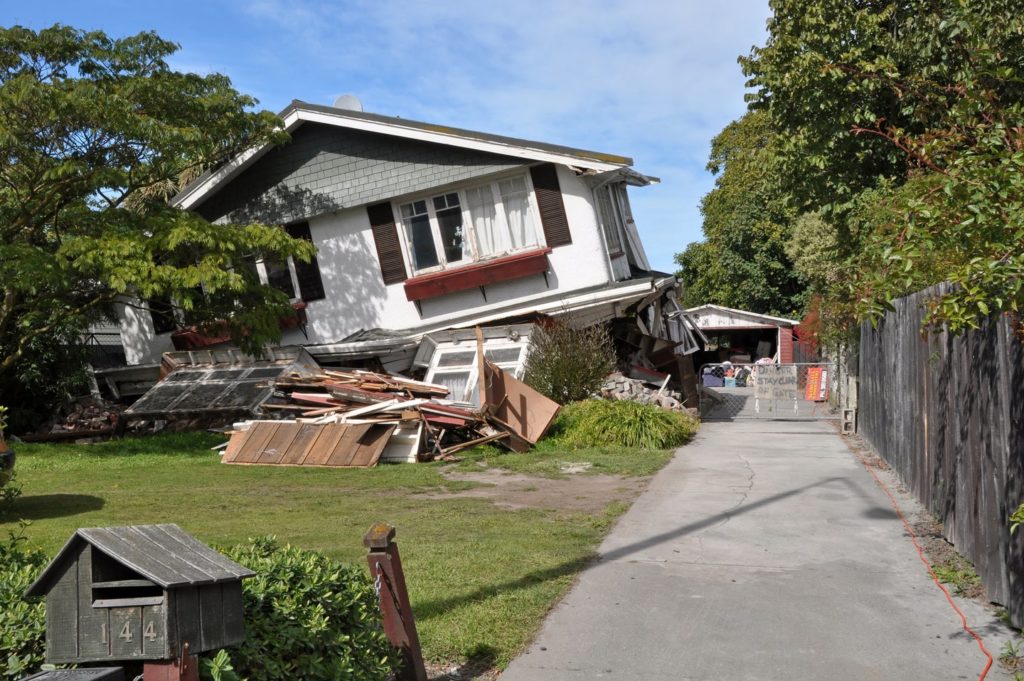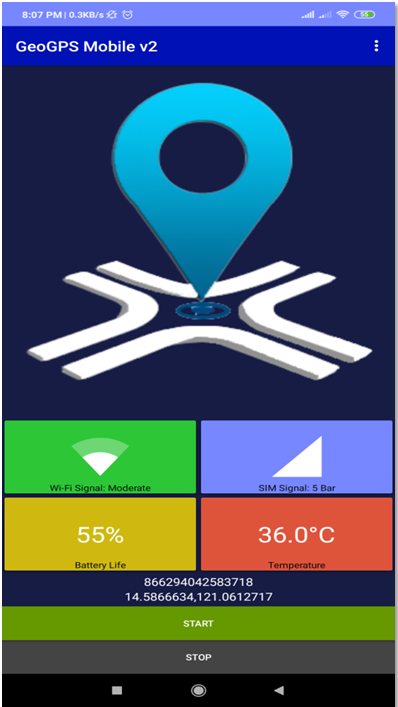
Pre-Emergency Mobilization
iSmart provides “Pre-Emergency Mobilization” for the following Incident.
- Typhoon
- Earthquake
- Fire
- Terrorist Act
- Medical Emergency
- Others
This will help the different departments/agencies and even volunteers to prepare and do their part in their sequence of operations and protocol before the incident happens by informing them through Radio, Telephone, SMS, and Email.
Incident Recording and RESPONSE
Manages the Receiving and Recording of different types of incidents and “triggers” the first response as well as the dispatch of first responders and qualified Volunteers to the incident site and all subsequent operations. Covers all the Incident Types:
- Disasters
Top Index Disaster
- Earthquake
- Fire
- Flood
- Landslide
- Typhoon
A-Z Index Disaster
From Aircraft Accident to Physical Injury


- Crime
Top Index Crime
- Carnapping
- Hit and Run
- Illegal Drug Trade
- Murder
- Rape
- Robbery
- Theft
- Homicide
- Physical Injury
A-Z Index Crime
From Abuse to Suicide


- Medical Emergencies
Top Index in Medical
- Asthma
- Bleeding
- Broken bone
- Chest pain
- Drug Overdose
A-Z Index in Medical
From Abdominal Injury to Wounds


- Accidents
- Auto Accident
- Bus Accident
- Motorcycle Accident


Manages & Support All Phases of Disaster Risk Reduction Management.
RESPONSE COMPONENT:
- Emergency Response – contains a ‘Built-in Step by Step Treatment Guide’ for different types of incident. This is displayed in English and Tagalog language to help and assist the Caller/Reporter or Victim on what to do especially in Emergency situation.
- First Responder – a component used to contact and dispatch all the nearest agencies to the incident site.
- Volunteer Assignment – a component used to contact and dispatch the volunteers to the incident site.
- Vehicles – a component used to contact and dispatch all nearest ambulance, fire trucks, command and rescue vehicle to the incident site.
VOIP Unified Communication System (UCS)
The VOIP Unified Communication System (UCS) in iSmart integrates all forms of communications such as Call Center Telephony, SMS, and Email that provides a powerful tool in Disaster Management.
VOIP UCS provides features that are dependable for Incident Reporting, Dispatch of Responders and Volunteers, Emergency Response, etc.
It is integrated into iSmart’s Incident Director and provides the following benefits:
- Simplifies call queuing to provide faster and efficient response during an emergency.
- Faster dissemination of information and dispatching of responders.
- Integrates notification of responders with call escalation protocols of the Client.
- Consolidate the operation of multiple organizations/ emergency responders.
- High quality voice transmission for a clearer and more reliable transmission of information.
Call Features:
- Caller ID- displays the number of a callers.
- Auto Dialer- automatically dials a batch of phone numbers.
- Business Hours- automatically plays a recorded voice prompt based on the set time.
- Call Groups- all the members (agents/operators) in a particular group will simultaneously receive an incoming call. Any “one” operator may answer it, then the ringer will stop. This means there will be no missed call.
- Conference Calling- allows multiple participants (agents/operators) to join in a discussion.
- Call Snooping- allows a Supervisor to listen to an Ongoing Call.
- Call Transfer- allows transferring of calls to another Extension.
- Campaign- allows making a scheduled outbound calls to a pre-set group of numbers.
- Short Messaging Services (SMS)– allows receiving and sending SMS messages.
Feature Highlights:
SOURCES of Information during Emergencies:
- Landline Telephones
- Cell Phones
- SMS/Text Messaging
- Video
- Social Networking Sites
- Internet
- Google Voice
- Others
“ON-SITE COMMAND & CONTROL” using iSmart
Disaster response consists of the immediate actions taken to contain, mitigate and reduce the impact of a disaster. The primary objective of Disaster Response is preventing life and property loss to the largest extent possible. Mobile Command Centers are a common strategy for disaster response.
Disaster response often begins before the disaster event occurs (such as with a typhoon), or immediately after the event. The ability to rapidly deploy Command Communications to the main nerve center during disasters is primary.
The “On-Site Mobile Command & Control” using iSmart provides emergency communications for command, control, and coordination during a disaster or critical incident. In emergency management, “On-Site Mobile Command & Control” using iSmart is pervasive.
The “On-Site Mobile Command & Control” using iSmart is integrated with specialized surveillance, communication & monitoring equipment for advanced homeland security applications. The “On-Site Command & Control” using iSmart is capable of facilitating and supporting diverse mission-critical applications for military, security, or police forces.
The “On-Site Mobile Command & Control” using iSmart can be easily deployed at the site of an emergency or at a location that has a potential threat, to take complete control of the situation by providing surveillance and monitoring. It enables rapid communication and coordination among multiple agencies and higher law & order authorities responding to the situation, providing them complete real-time situational awareness.
An “On-Site Mobile Command & Control” using iSmart supports deployment crews in the management and coordination of tactical units for fighting fire and disaster operations. The command vehicle is an indispensable instrument for authorities and organizations for controlling and mastering difficult operational situations in a manageable and organized fashion.
Benefits of “On-Site Mobile Command & Control” using iSmart :
- DECREASED IN RESPONSE TIME
Perhaps the most important benefit that “On-Site Mobile Command & Control” using iSmart provides is decreased response time. This is especially true for law enforcement and emergency services.
For example, “On-Site Mobile Command & Control” using iSmart can treat people in the affected area during a natural disaster as opposed to transporting them to a facility. A mobile command center will also have everything that workers need in order to do their jobs as efficiently as possible. In scenarios like this, minutes can often mean the difference between proper treatment and tragedy. So, every second will count.
- FLEXIBILITY
There’s only so much equipment that can be taken out into the field. Surveillance operations, for example, often require an extensive amount of equipment and technology to perform correctly. And, this equipment may need to stay in this location for days (or even weeks) at a time. This is especially true for areas that have a high crime rate or locations that may be targets of terrorist attacks.
An “On-Site Mobile Command & Control” using iSmart provides the flexibility to bring the full force of your facility to a separate location, allowing you to engage in operations that would otherwise be impractical or even impossible. You could also operate in geographic regions that would otherwise be difficult to work in, such as lower-income neighborhoods or rural areas.
- PRESENCE AT THE SCENE
Remote operations aren’t always meant to be hidden. Event security, for instance, can highly benefit from having an “On-Site Mobile Command & Control” using iSmart at the scene. While this will provide significant convenience for your operations, its presence alone will often deter would-be offenders. Preventing crime in the first place will always do more for security than an efficient emergency response.
In the above scenario, an “On-Site Mobile Command & Control” using iSmart could provide the following utility:
- Serve as a mobile crime lab for investigations at the scene
- Surveilling an area with thousands of people
- Become a hub to provide fast, clear communication with other units
- Serve as a mobile medical treatment facility
Search and Rescue Operations
Search and Rescue Operations involves the following Stages:
Retrieval Operations
Retrieval Operations involves the following stages:
- Evacuation Center Services – Scheduling and planning of the activities inside the evacuation center. The services includes the following activities such as General Consultation and Treatment, Disease Surveillance, Water Analysis, Waste Management, Site Cleaning & Housekeeping, Vector Control & Selective Fumigation, Drainage Cleaning/De clogging Measles Immunization, Vitamin A Supplementation, Operation “Timbang”, Nutritional Supplementation, Reproductive HealthDOTS for Evacuees and Evacuation Center Management Meeting.

- Early Recovery Services – Recording of schedule and plan for the completion of recovery services such as Electricity Restoration, Water Service Resumption, Health Facilities/Repair Reconstruction, Clearing operation, Relocation of Evacuees and Management of Dead and other Services that should be done.
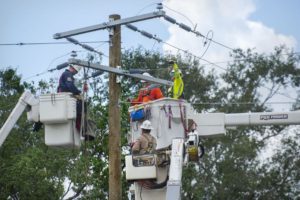
- Identification of Evacuees Information – Identification of evacuees information from the Household Head to Family Member. Also, monitoring of the Services Availed (Inside Evacuation) of every household. And encoding of Damages Property of every household.

- Repair & Reconstruction – Enlisting of all the facilities to be reconstructed or to be repaired and the source of funding.
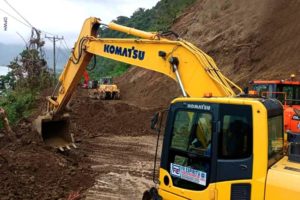
- Agency Assistance – Monitoring of all the assistance being received by the Agency.

RECOVERY Plan
The recovery Plan coordinates the post-disaster activities such as the assessment of damages, evacuation center management, prioritization of repair, and construction especially of lifelines including the activities for financial and technical assistance.
Recovery Phase List:
“Restore Water Resources“

Water Management
“ReEnergized the City“

Energy and Power
“Revive Goods and Services“

‘Transport and Logistics’
“Rebuild Infrastructure“

Public Works
“Return to Schools“

Education
“Regain Health Care“
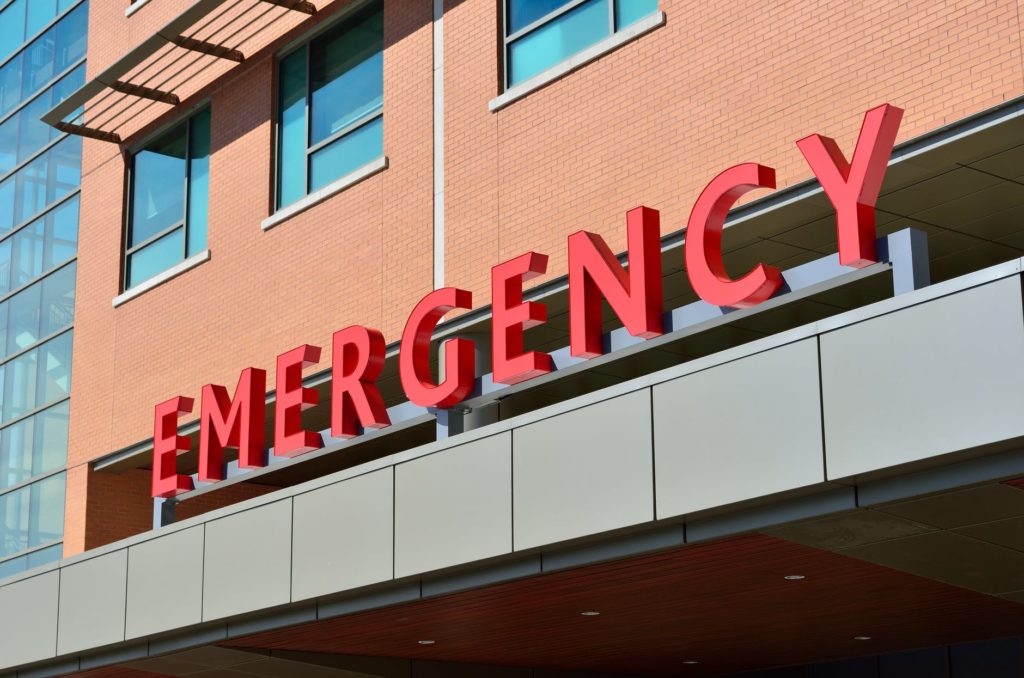
Hospitals and Clinics
“Restart the Economy“

Financial Sector
iSmart GeoGPS Vehicle Tracker
iSmart GeoGPS Tracker is an integration of GPS trackers that can be monitored through its own web-based software platform. It enhances GPS vehicle tracking with accurate data that will help an organization in the management of its Fleet. iSmart GeoGPS minimizes your exposure and protects your Volunteers and your assets in real-time tracking. Monitor the location of your vehicles in case of any emergencies to get assistance instantly. iSmart GeoGPS aims to help your City in tracking your devices easily through the web and through your smartphones.
iSmart GeoGPS Tracker helps in fast Emergency Response using “Geo-Fencing“ to direct all Volunteers such as Individual, Agency, Organization or Medical in the Incident Scene. It also provides “Geo-tagging“ of essential Points-of-Interest (POI) such as Hospitals, Police Stations, Evacuation Centers, etc. for faster searching of location in case of Emergency or Disaster. GeoGPS Mobile App is a mobile application that can be used to get a real-time location and allow the access of important data (photos, camera) on the device in case of Emergency.
GeoGPS Mobile App Feature:
- Get Route Information Automatically.
- Ability to receive Dispatch Order Automatically.
- Real-Time Sending of Alert and Emergencies.
- Automatically Send Report to the System Admin.

